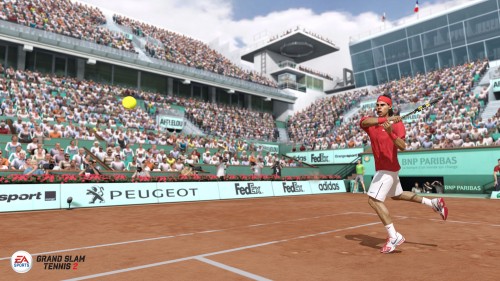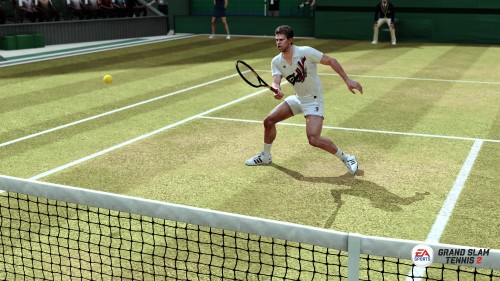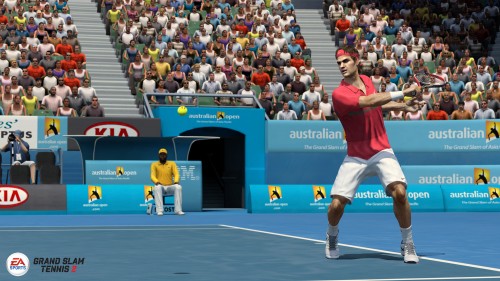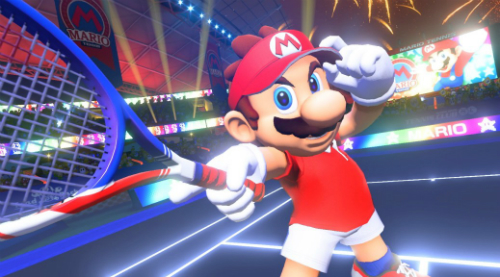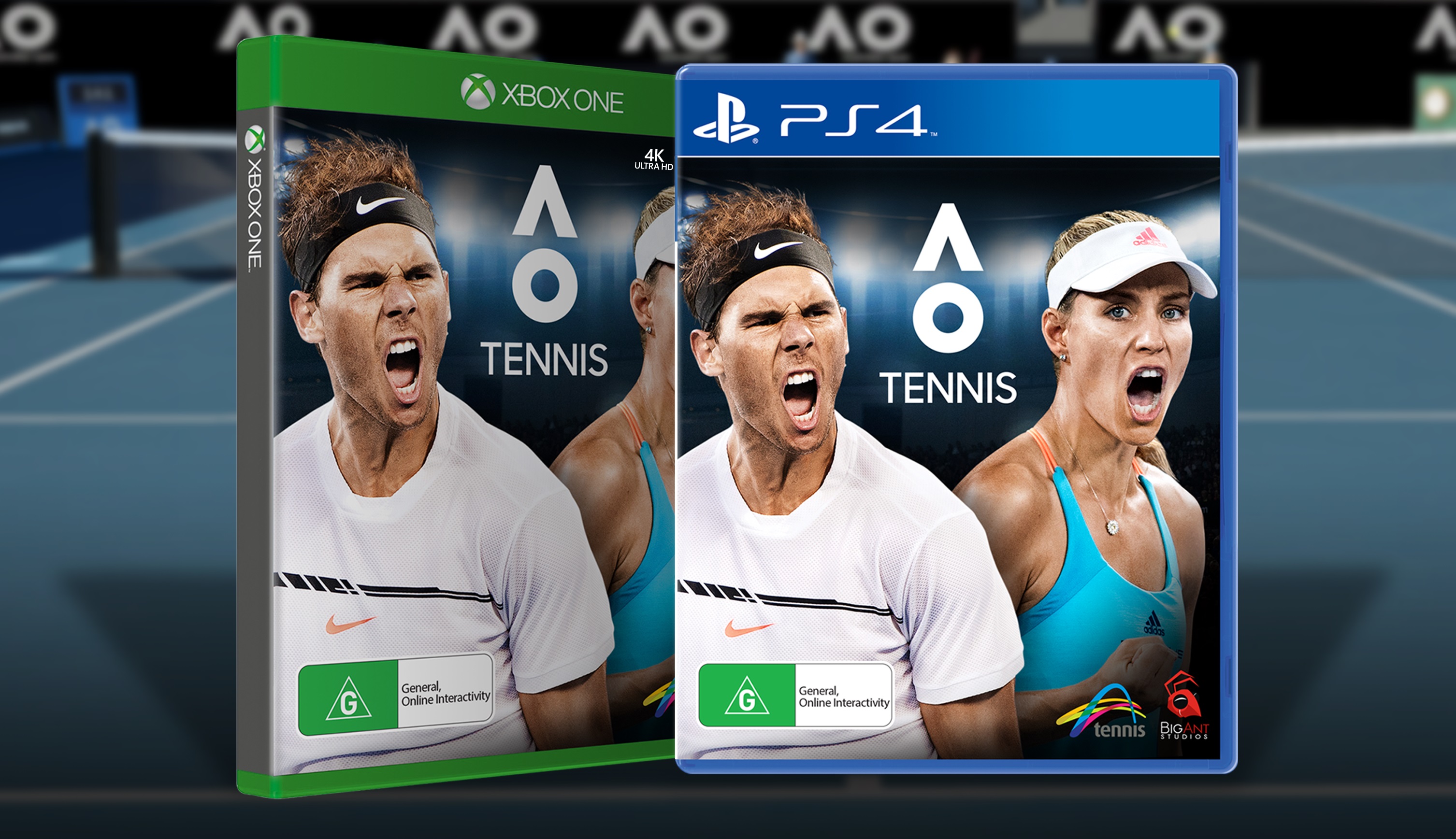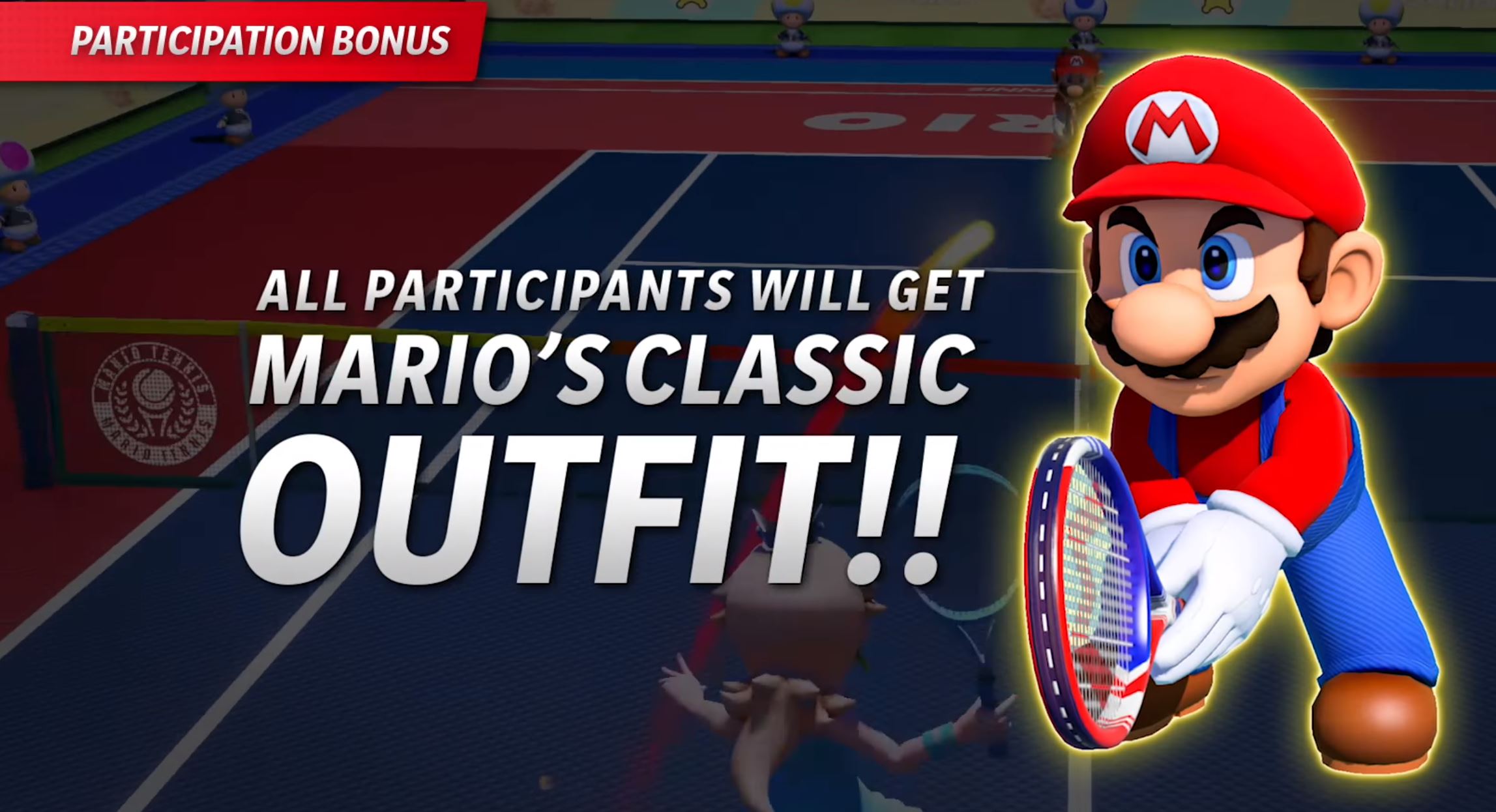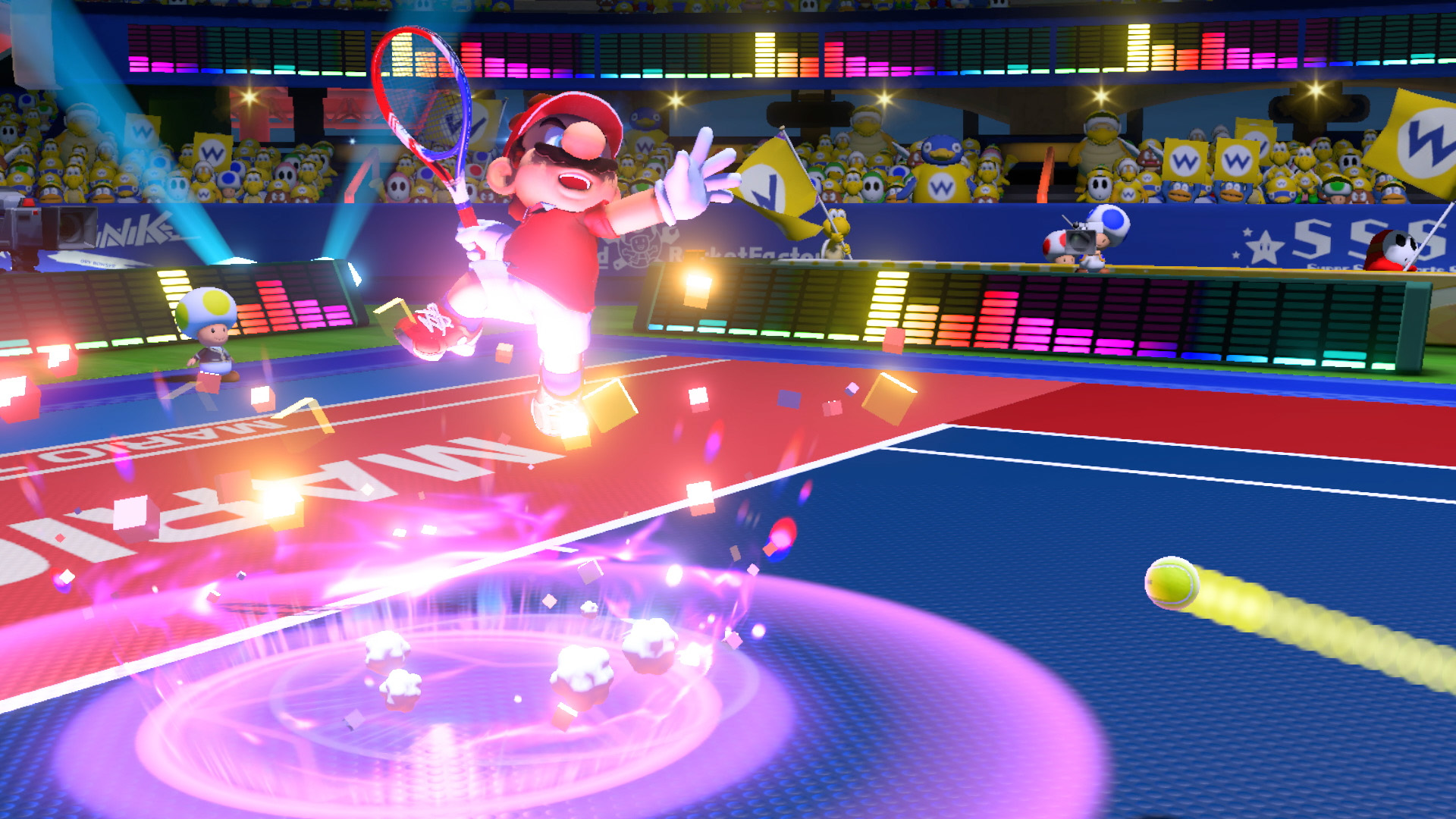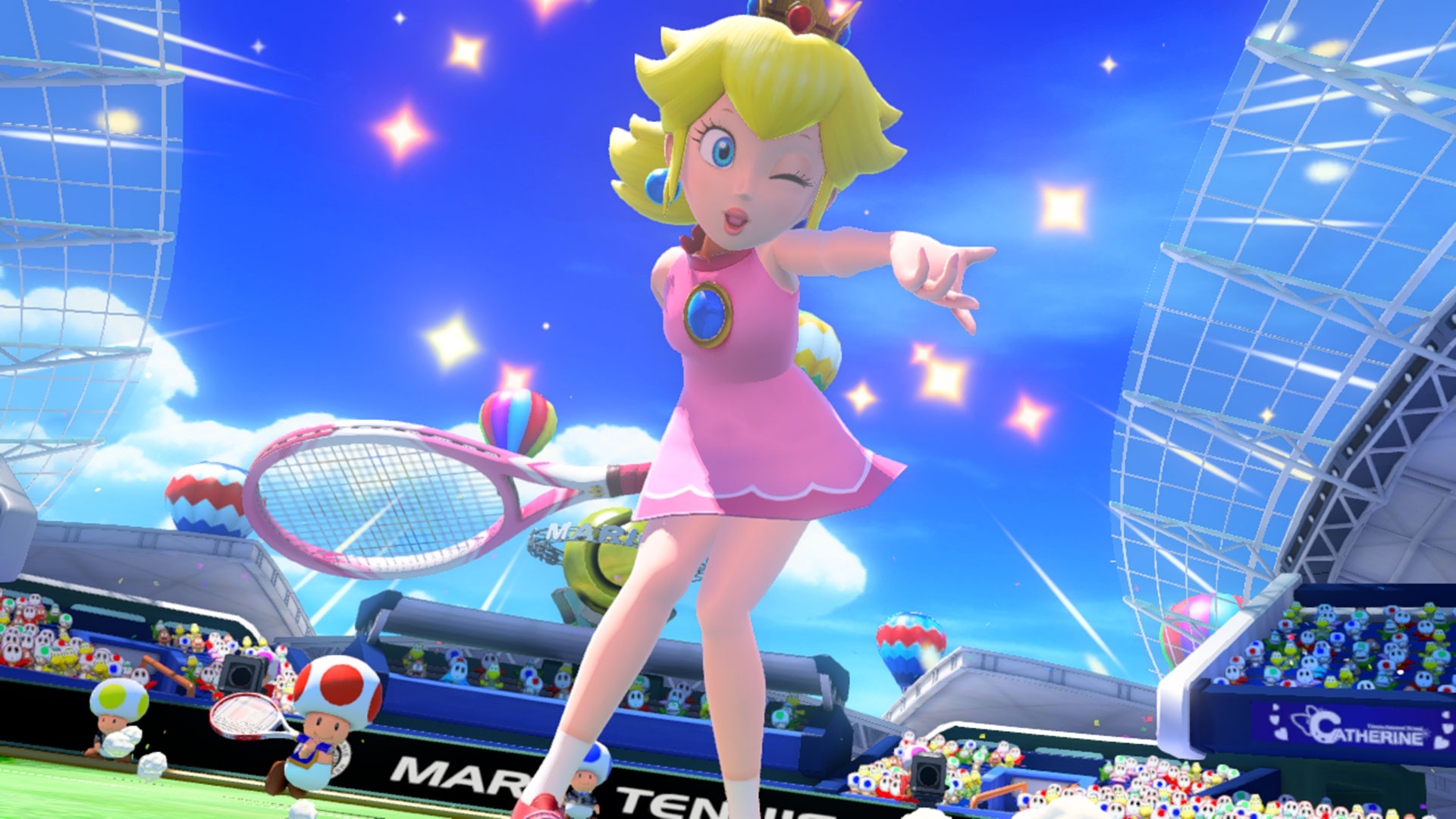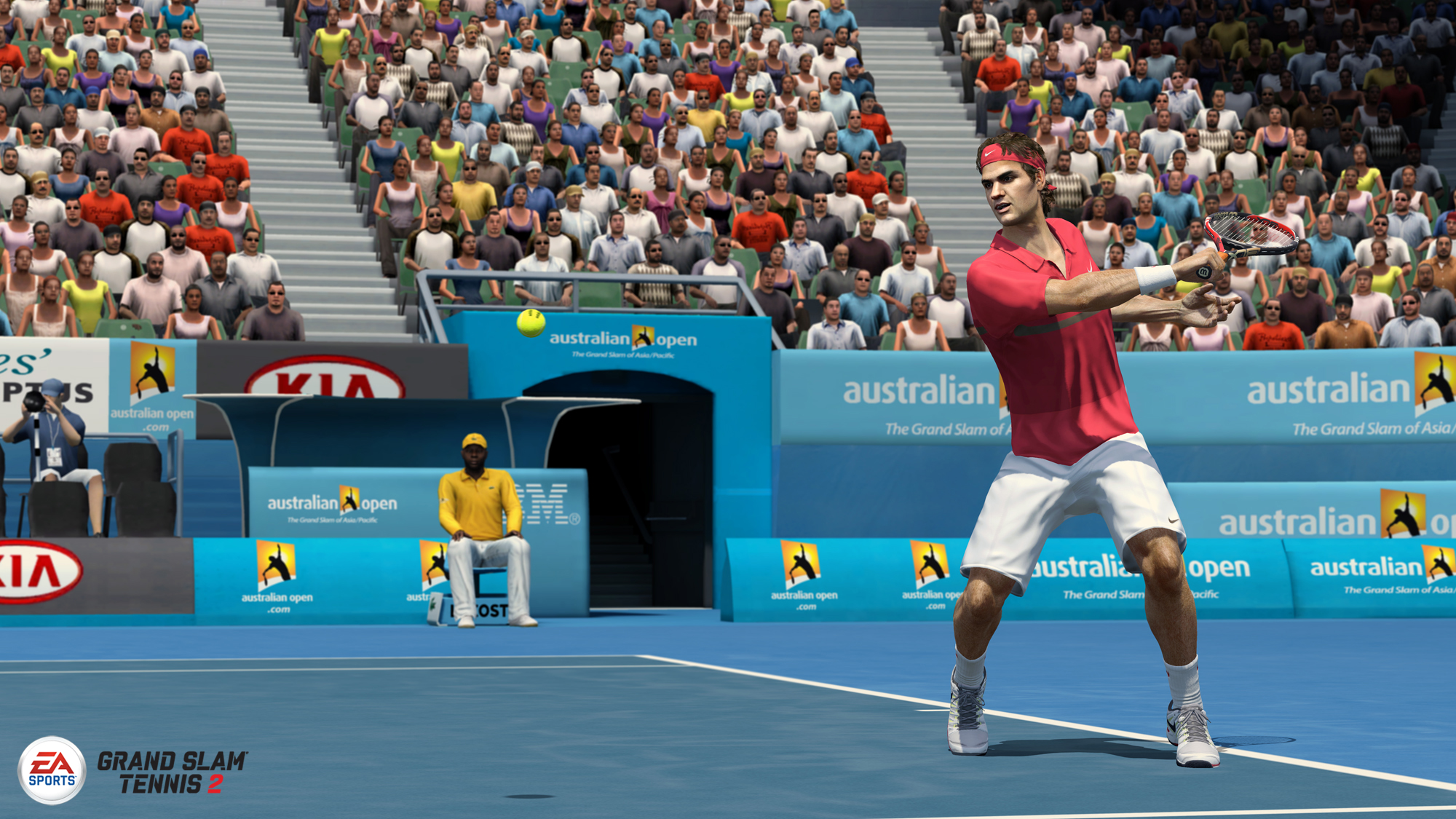
Grand Slam Tennis 2 arrives in an attempt to bring EA’s dominance of sport games into the world of tennis, usually the stomping grounds of the Virtua Tennis and Top Spin series. The first game in the series made its grand debut on the Wii, and now with the sequel going all HD on us, EA are bringing us a roster of top tennis players, pretty graphics and an all-new control scheme meant to make this game stand out from the crowd. Is it worth tearing yourself away from your current tennis game of choice? (Actually, are tennis games a thing that people play so much they’d need to tear themselves away from them?) Let’s find out.
The big thing that EA are touting in Grand Slam Tennis 2 is the new ‘Total Racket Control’ system. In simpler terms, this control scheme maps all racquet motion to the right analogue stick. This seems like a good idea, as you can imagine utilising long slow movements to lob the ball, or perhaps a quick sharp jab forward when trying to ace a serve. In practice, however, it’s all rather more difficult. You’re practically forced to go into the game’s training mode to learn the ins and outs of the new controls, because without doing so you’ll likely be left pretty confused. There are several types of shots, which require different caresses of the analogue stick, such as full swipes, half swipes and pulling the stick back and letting go. You need to do these in addition to pointing the stick in the direction you want the ball to go, which isn’t always as easy as it sounds as with no visual aid it’s kind of difficult to tell how far in each direction you should be aiming. The more you play, the more you get a feel for it, but there’s a fairly steep learning curve involved, and it doesn’t help that you have John McEnroe shouting at you and expressing his bitter disappointment over your performance all the way through the training mode.
There’s also a very important element of timing when playing Grand Slam Tennis 2. Shots have to be perfectly timed after a ball bounces in order to achieve maximum effect. If you’re even a fraction of a second too early, or too late, you’ll get a reminder on-screen of your failure. Getting a handle on your timing, along with everything else you have to worry about (including effective movement) can be a bit overwhelming, and honestly I just had to switch the controls back to the familiar ‘Arcade’ scheme just to stand a chance against my opponents. You may find that you have more talent for the Total Racket Control system than I do, and if so then more power to you, but unfortunately it was one aspect of the game that just didn’t seem to quite work.
If you’re playing on PlayStation 3 and happen to have a Move controller on you, then you actually have a reason to dust it off for once, as the Move controls are for the most part quite good. There is a good amount of responsiveness from the controller and you’re never in doubt on where you’re going to actually hit the ball, as it follows your movements quite closely. The game also makes use of two features of the Move controller that many games don’t – namely its vibration feature and disco-lit bauble. To help with your timing, the Move controller vibrates as the ball gets closer to you, and the bauble begins to flash. A successful strike is indicated by a green glow on the Move controller. It’s actually a much more intuitive way to play the game, and we found ourselves getting into much faster rallys much more quickly than on a regular controller. This is also where the game really starts to become fun, especially when playing with friends, as it becomes a souped up, more accurate version of Wii Tennis, only with proper tennis players and everything.
The rather standard menu system of Grand Slam Tennis 2 allows access to multiple modes, including a standard ‘delve right in’ Play Now mode, a Career and Tournament mode, and interestingly the ‘ESPN Grand Slam Classics’ mode. This last one re-creates several classic matches from the eighties all the way up until the naughties, giving you the chance to play through history. You start off with newer matches and unlock older ones by gaining points. If you gain enough points, you’re actually able to unlock fantasy matches as well, which include showdowns such as Federer vs. McEnroe or Chris Evert vs. Serena Williams. These are fun, interesting matches that show off the different styles of play of many of these tennis legends, and is a very cool inclusion.
The career mode itself, on the other hand, is a little more standard. Once again, you find yourself being shuffled through the very standard menus, as you’re taken from match to match and given the choice of competing in tournaments, pre-tournaments, training or sometimes proper events like the Australian Open and Wimbledon. It works well enough, and you can see your progress as you move from season to season, but the difficulty level (assuming you’re not using the Total Racket Control scheme of course) is pretty low. You don’t feel as if you’re being constantly tested with different challenges, and it’s unlikely that you’ll find yourself committing that much time to the career. There is, however, a fairly robust character creation system built into this mode that allows you to make some reasonably deformed monstrosities, especially if you upload your picture to EA’s Gameface service and have them digitally re-create your face.
Online, Grand Slam Tennis 2 becomes a much more challenging experience, since you are facing off other human players. While the servers weren’t exactly bustling with players when we were online, we could still find a game relatively easily, and matches proceeded without any hiccups or slowdown. There’s a range of modes, including simple match-ups, tournaments and even Grand Slam tournaments, although it might take some arranging among friends to get a proper one of those going. While nothing spectacular, the online mode was both functional and quite fun.
Grand Slam Tennis 2 certainly looks quite good, with well-realised character models and faithful reproductions of the many real world courts. That said, textures in these environments can tend to seem a little low-res, which is most noticeable when you’re actually playing and not when you’re enjoying the sweeping camera angles of the TV-like replays. John McEnroe and Pat Cash provide lively commentary that matches relatively well to action on-screen, with some good banter between them. Shoe squeaks and audience squawks are authentic as well, even with forgettable music in the menus.
There’s a fair bit to like in Grand Slam Tennis 2 – the problem is that a lot of it is the same as its competitors. The attractive graphics are also present in Virtua Tennis and Top Spin, as are the good gameplay fundamentals and challenging matches. The Total Racket Control scheme that was meant to separate the game just becomes a bit too complicated for its own good, even though the Move controls for the game are actually surprisingly really good. We wouldn’t say it’s the best tennis game out there, but it could be in a few more installments, and knowing EA they can’t be too far away.
Generally pretty graphics | Fun multiplayer | Works well with Move
Steep learning curve | Feels similar to many other games

